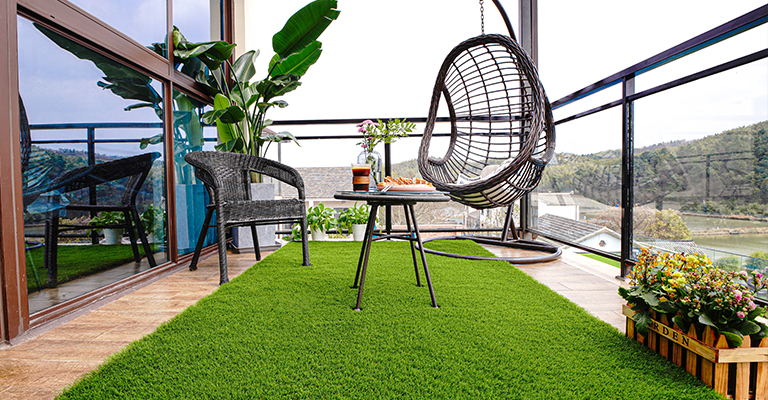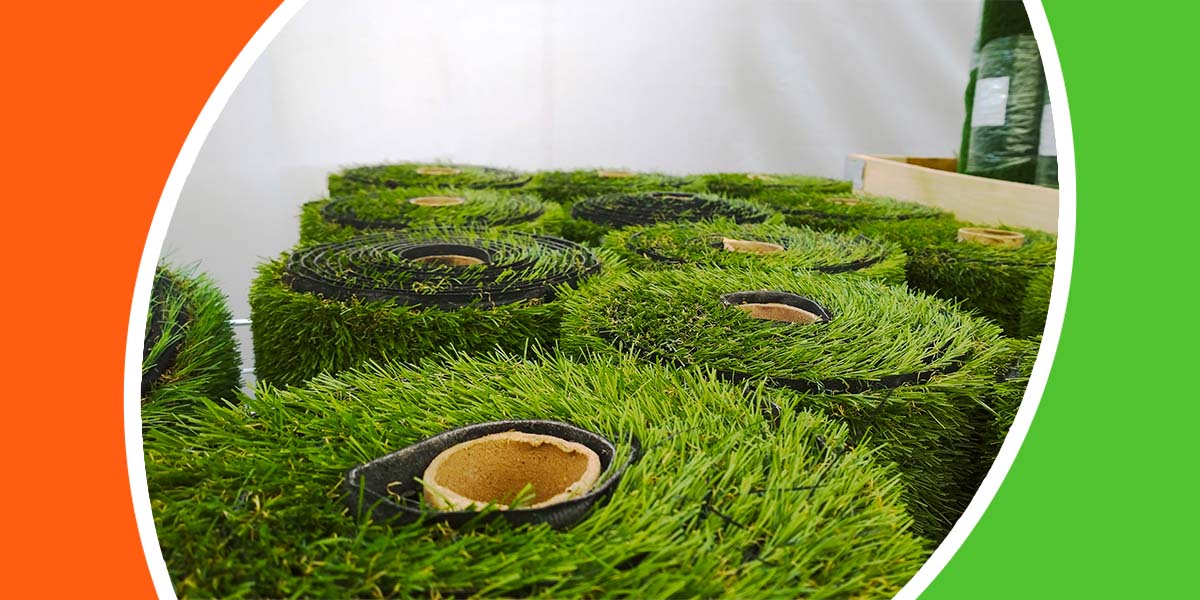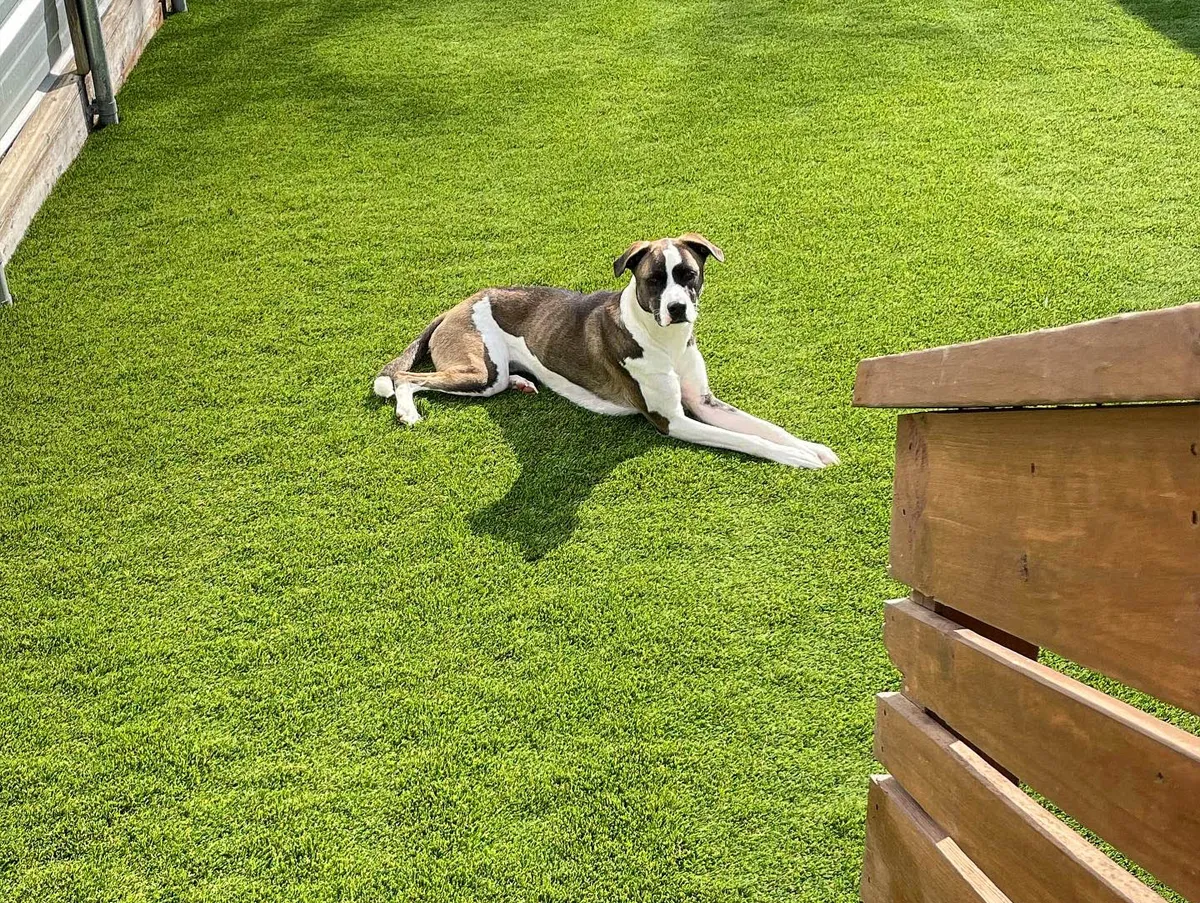High-Quality Arizona Turf Installation Solutions for Residences and Commercial Properties
High-Quality Arizona Turf Installation Solutions for Residences and Commercial Properties
Blog Article
Explore the Environmental Advantages of Opting for Artificial Turf Solutions
The adoption of man-made lawn remedies presents a compelling opportunity to deal with pressing ecological obstacles. By dramatically reducing water usage and lessening the application of harmful chemicals, these alternatives not only promote sustainable landscaping but also safeguard local environments.
Water Preservation Perks
One of the most substantial benefits of man-made turf is its capacity to save water. In contrast, fabricated grass does not need watering, significantly lowering the general need for water sources.
By removing the need for routine watering, artificial lawn adds to sustainable landscape techniques and helps minimize the environmental influence of excessive water usage. Moreover, the preservation of water encompasses the decrease of runoff, which can cause soil disintegration and waterway contamination.
Furthermore, the setup of synthetic grass enables communities and homeowners to assign water sources much more successfully, concentrating on essential uses such as alcohol consumption water and farming. The shift towards synthetic grass not only promotes liable water usage however additionally aligns with more comprehensive environmental goals intended at preserving natural resources.
As neighborhoods significantly focus on sustainability, the water preservation advantages of synthetic grass offer an engaging instance for its fostering in business and household landscape design tasks.
Reduced Chemical Usage
The transition to artificial turf considerably decreases the reliance on chemical treatments generally made use of in all-natural lawn upkeep. Standard grass management usually includes the application of plant foods, chemicals, and herbicides to advertise growth and control pests. These chemicals can posture threats to human health and wellness, local wild animals, and the setting, adding to soil and water contamination.
In comparison, artificial grass gets rid of the demand for these damaging materials. By reducing the launch of synthetic compounds right into the community, fabricated turf advertises much healthier soil and water systems.
In addition, the absence of chemical overflow connected with synthetic grass installations assists shield local waterways from air pollution, supporting water life and keeping biodiversity. Turf installation phoenix az. As neighborhoods significantly focus on sustainable practices, choosing for fabricated turf provides a sensible remedy that aligns with environmental conservation goals. With this change, home proprietors can enjoy rich eco-friendly areas without endangering environmental health, paving the method for a much more sustainable future
Reduced Carbon Impact

Moreover, the installment of synthetic grass can lead to substantial water preservation. All-natural yards require significant amounts of water for irrigation, which not only includes in the carbon footprint related to water removal and therapy however likewise pressures neighborhood water sources. On the other hand, artificial turf needs minimal maintenance, requiring no watering, thereby substantially lowering water use and its linked power expenses.
Furthermore, the durability of synthetic grass contributes to its decreased carbon impact. With a life expectancy of as much as 15 years or more, the need for regular replacements is decreased, resulting in much less waste and reduced power usage in manufacturing and getting rid of conventional turf alternatives. Overall, artificial lawn provides a sustainable option for eco mindful landscaping.
Habitat Conservation
Environment preservation is a crucial factor to consider in the dispute over landscaping choices, specifically when contrasting synthetic grass to all-natural turf. All-natural lawn lawns often call for substantial maintenance, consisting of making use of chemicals, fertilizers, and herbicides, which can see this here adversely influence local ecological communities. These chemicals can seep right into the dirt and waterways, damaging indigenous flora and animals and disrupting neighborhood habitats.
In comparison, synthetic grass presents a possibility to reduce the environmental impact of landscaping. By selecting synthetic lawn, property owners can decrease the disruption of all-natural habitats linked with conventional yard treatment practices. Synthetic grass eliminates the need for hazardous chemicals, therefore protecting close-by wild animals and keeping the integrity of surrounding ecological communities. The installment of artificial turf can lead to the conversion of former turf areas right into even more biodiverse landscapes, such as pollinator yards or indigenous plant locations, which can sustain neighborhood wild animals.
Ultimately, the transition to synthetic turf not only conserves water and lowers maintenance initiatives yet additionally promotes a much more harmonious relationship between human activities and the all-natural setting, advertising environment conservation while doing so.
Long-Term Sustainability
Long-lasting sustainability is an essential consider evaluating the benefits of fabricated grass over conventional grass yards. One go to these guys of the most significant advantages of synthetic grass is its resilience; it can last up to 15-20 years with marginal upkeep, whereas natural grass calls for regular reseeding and replacement. This long life decreases the need for consistent resources, such as water, plant foods, and pesticides, which are essential for keeping a healthy yard lawn.
Additionally, man-made turf adds to a reduction in carbon exhausts connected with grass care tools. Standard lawns commonly require gas-powered lawn mowers, trimmers, and blowers, every one of which add to air contamination. Arizona turf. In contrast, synthetic grass gets rid of the demand for such equipment, advertising a cleaner setting
Furthermore, the manufacturing of artificial grass significantly utilizes recycled materials, boosting its sustainability account. As producers embrace environmentally friendly techniques, the ecological footprint of synthetic grass proceeds to diminish.

Verdict
The fostering of synthetic grass options presents substantial environmental advantages, consisting of substantial water preservation, decreased dependence on damaging chemicals, and a lower carbon impact. Furthermore, fabricated turf help in preserving all-natural habitats by lessening land disturbance and advertising lasting sustainability with making use of resilient products. Collectively, these variables highlight the possibility of artificial turf to add favorably to ecological health and wellness and supply a practical choice to traditional landscaping methods in a significantly resource-conscious world.
In contrast, man-made lawn does not need watering, visit the website considerably lowering the total demand for water resources. By reducing the release of artificial substances right into the ecosystem, artificial turf promotes healthier soil and water systems.
Moreover, the installation of fabricated grass can result in considerable water preservation. In comparison, fabricated lawn requires marginal upkeep, calling for no watering, thereby significantly decreasing water usage and its associated energy costs.

Report this page